When a rural road goes bad: Leverett’s unpaved Dudleyville Road illustrates challenges facing local towns
| Published: 02-07-2024 2:06 PM |
LEVERETT — Restoration of a 1.4-mile section of the mostly gravel Dudleyville Road from Moore’s Corner to the Shutesbury town line could cost at least $2 million, and possibly as much as $4 million, according to a draft evaluation recently completed by Tighe & Bond engineers.
Those are big numbers for a rural community to contemplate spending, but may be necessary to improve both the drainage and surface of the road and to combat the growing challenges of more frequent and severe mud seasons, which area highway superintendents identified as a top concern in a report commissioned by the Franklin Regional Council of Governments in the spring of 2022.
For Richard Nathhorst, who is part of the town’s Dudleyville Road Committee, pursuing significant road improvements, including at minimum rebuilding the base and installing better culverts, could serve as an example for how rural communities with many miles of unpaved roads grapple with the effects of Earth’s changing climate. Those impacts are not only extending the mud seasons once confined to late March and early April in New England, but also causing more severe weather events.
“This could be a model for all of western Massachusetts for how to deal with older roads with increased traffic and climate change problems,” Nathhorst said. “This is basically an attempt to come up with standard road operations to resolve the problems.”
Raymond Bradley, a climatologist at the University of Massachusetts Amherst, is another member of the committee endorsing the road improvements due to climate change. He has the data to back it up from Michael Rawlins, at the Climate System Research Center at UMass, showing that Amherst experienced 23 days in 2023 with 1 inch or greater precipitation, the most on record over the 131-year observational record that began in 1893.
In 2023, the state received 57.56 inches of precipitation — 8.92 inches above normal — the seventh-highest amount ever recorded. It was also a top five wettest year for many sites around the region, with the exception of Boston, Bradley said, and the Northeast overall had the second warmest year on record.
“The relevant issues for dirt roads is that we are increasingly experiencing higher winter temperatures and more heavy rainfall events,” Bradley said. “This means that the roads don’t freeze for long and are subject to more severe erosion when we get deluges of heavy rainfall.”
Nathhorst said the engineering report was sought because fire trucks, ambulances and police cruisers frequently cannot navigate the road, and residents can’t get to and from their homes.
Article continues after...
Yesterday's Most Read Articles
“The road has been churned into soup, a consistency like oatmeal, and becomes impassable,” Nathhorst said.
While climate has been a major factor in the deterioration of the road, so is greater use of it by Amazon, UPS and FedEx delivery vehicles, people coming to and from the Leverett Co-op and places in Shutesbury, and even some logging trucks that risk going over a weight-limited bridge at the Rattlesnake Gutter Road intersection.
“Tighe & Bond has come out with exactly what Ray and I expected it would: that the road needs a lot of work,” Nathhorst said.
Citing a time in 2019 when a mud-filled Dudleyville Road had to be closed to through traffic — meaning that residents were put at risk in case of emergencies — state Reps. Natalie Blais, D-Deerfield, and Aaron Saunders, D-Ludlow, whose districts include Leverett and Shutesbury, respectively, have filed legislation, H.3270, “An act relative to unpaved roads,” to begin addressing the challenges.
The bill recognizes that communities with many gravel roads, and with only limited state Chapter 90 funding available, struggle to cover maintenance and improvements on these roads. The legislation instructs the state’s Department of Transportation and the Executive Office of Energy and Environmental Affairs to convene a working group to identify and evaluate the safe, efficient and environmentally-sound maintenance and improvement of unpaved roads, as well as low-volume paved roads.
Blais said her bill refers to Pennsylvania and Virginia as possible models. In Pennsylvania, $8 million annually is directed to the Dirt, Gravel and Low Volume Roads Program, created in 1997, which provides local road-owning entities with grant funding for road and environmental improvements on unpaved and low-volume paved roads.
In 2002, Virginia started the Rural Rustic Road Program, which was initially funded at $1 million. The program helps pay to pave existing unpaved roads with a compacted or impervious surface and reestablish associated ditches and shoulders. A main point of that state’s program is to leave trees, vegetation, side slopes and open drainage abutting these roads undisturbed as much as possible.
The Unpaved Road Assessment in Franklin County, released two years ago by the Franklin Regional Council of Governments (FRCOG), assembled data from many area towns, noting that “the expansive network of rural unpaved roads throughout western Massachusetts is particularly vulnerable to the effects of changing precipitation patterns, flooding and freeze-thaw cycles, causing more frequent and involved maintenance work.”
The report showed Shutesbury spends $100,000 a year on gravel roads, trailing only Bernardston, in Franklin County, at $120,000, and Worthington, in Hampshire County, at $110,000. While Goshen, also in Hampshire County, spent only $29,000 to maintain gravel roads, that was still four times as much as it spent on its paved roads.
FRCOG Livability Program Manager and Planning Coordinator Megan Rhodes said technical assistance is provided to towns to help guide work on unpaved roads and culverts. The agency is also in the process of creating a Dirt Roads Stormwater Management Toolkit.
Rhodes said rural communities are already disadvantaged on their Chapter 90 transportation funding from the state, due to the formula that is based on both mileage and population. While there has been enough money in towns for basic maintenance for the past 20 to 30 years, she said, they are now getting to the point where they will have to seek money for large-scale projects, from the Executive Office of Economic Development’s MassWorks Infrastructure Program or the smaller pot of money available from the Department of Ecological Restoration’s Culvert Replacement Municipal Assistance Grant Program.
If communities like Leverett are able to make the investment and get better drainage in place to handle the larger storms, gravel roads actually cost less to maintain in the long run than paved roads, Rhodes said. But getting to the point of reconstruction is expensive.
Some communities have done work to keep their gravel surfaces intact, Rhodes said. In Ashfield, geogrid materials, made from a durable plastic and put below the road surface, have been applied to stabilize both West Street and Bug Hill Road, while in Leyden, which has 70% of its roads classified as gravel, East Hill Road was rebuilt.
The county’s Unpaved Road Assessment also calls attention to the numerous unpaved roads built adjacent to steep slopes. When roads are compromised, sediment is washed into waterways and sensitive ecosystems, along with private property. The Deerfield River watershed, for instance, has 233 miles of unpaved roads, meaning there could be high levels of runoff: “Poorly constructed or unmaintained unpaved roads within the watershed can increase the amount of money spent by communities, not only for maintenance, but also environmental restoration and cleanup.”
Rhodes said that due to the potential for impacts on waterways and wetlands, nonpoint-source pollution grants may also be available for some roadwork.
In Hampshire and Hampden counties, the Pioneer Valley Planning Commission is working with Middlefield, Chester and Blandford to look at 60 miles of gravel roads in those towns using a Municipal Vulnerability Preparedness grant. Fuss & O’Neill is doing an associated project examining how beaver activity affects gravel roads.
“Transportation staff is doing evaluation of roadways to figure out, with limited funds, where are the best places to make the most impact,” said Patty Gambarini, chief environment planner at PVPC.
Gambarini said the work is being done understanding that many gravel roads, especially in the hilltowns, are at higher gradient, posing more risk of erosion, especially during the more frequent extreme weather events, and also more susceptible to freeze-and-thaw cycles.
One potential source of funding, Gambarini said, is the federal Promoting Resilient Operations for Transformative, Efficient and Cost-Saving Transportation, or PROTECT, grant program, which supports planning and construction projects that improve surface transportation and resilience to natural disasters.
A memo from Alex Bouthillette of Tighe & Bond offers both solutions and cost estimates for the town of Leverett to upgrade Dudleyville Road.
“The gravel portion of the roadway requires extensive maintenance to remain serviceable, and often becomes impassible after large rain events or during the spring thaw,” Bouthillette writes. “The roadway also features several culverts that feed into the brook on the southern side of the roadway.”
The report outlines possible funding sources, including grants from the Municipal Vulnerability Preparedness and MassWorks Infrastructure programs, the Rural and Small Town Development Fund, and the Federal Emergency Management Agency’s Hazard Mitigation Assistance Grant.
Nathhorst said the draft evaluation from Tighe & Bond allows the Dudleyville Road Committee to work with the Selectboard, Town Administrator Marjorie McGinnis, the Highway Department, Blais and Sen. Jo Comerford, D-Northampton, to come up with funding sources, which could include clean water grants and asking for money directly from Gov. Maura Healey. He observes that the governor is making money available for road projects that bring roads up to state and national transportation codes.
The report breaks down the possible costs to rehab Dudleyville Road: gravel road resurfacing would cost between $2.18 million and $2.5 million; chipseal, also known as oil and stone, would range from $2.76 million to $3.2 million; full depth roadway reconstruction would cost $2.9 million to $3.3 million; and chipseal over hot mix asphalt would be $3.49 million to $4 million.
“Each rehabilitation method will be paired with drainage improvements to more efficiently remove stormwater from the roadway surface and discharge it through roadway cross culverts,” the report states. “One of the primary reasons for the existing deficiencies is the existing stormwater management.”
The report notes problems with the materials the road was built on, including peat and clay. Removing these, and addressing issues where the adjacent Dudleyville Brook is eroding the road, is also important.
Nathhorst said he understands it will be controversial to pursue his preferred option of pavement, because the road’s rural appearance would be affected, though he believes it would be cheaper to maintain in the long run and may be better for the changing climate.
The report suggests possible cost-saving measures, including combining various rehabilitation methods, such as areas with steeper grades being paved to mitigate erosion, and flatter grades being chipsealed or resurfaced with gravel, as well as a phased approach that could first address the underlying roadbed concerns and manage stormwater.
Scott Merzbach can be reached at smerzbach@gazettenet.com.


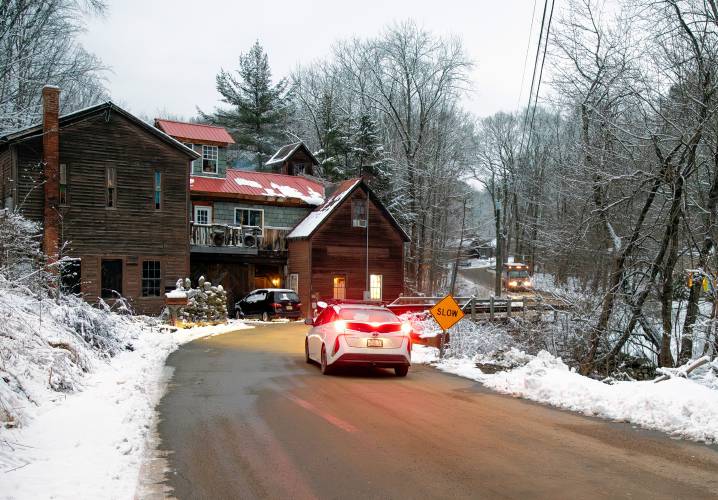
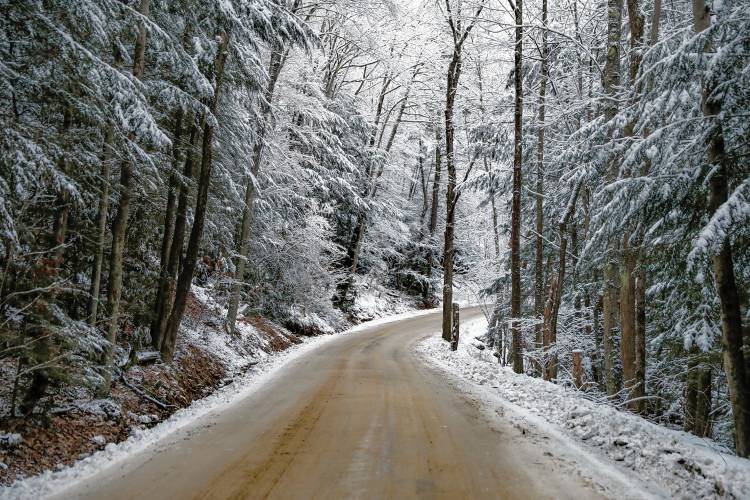
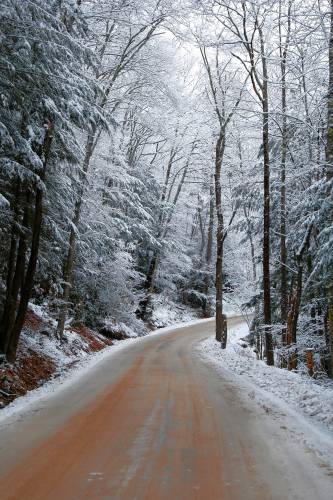
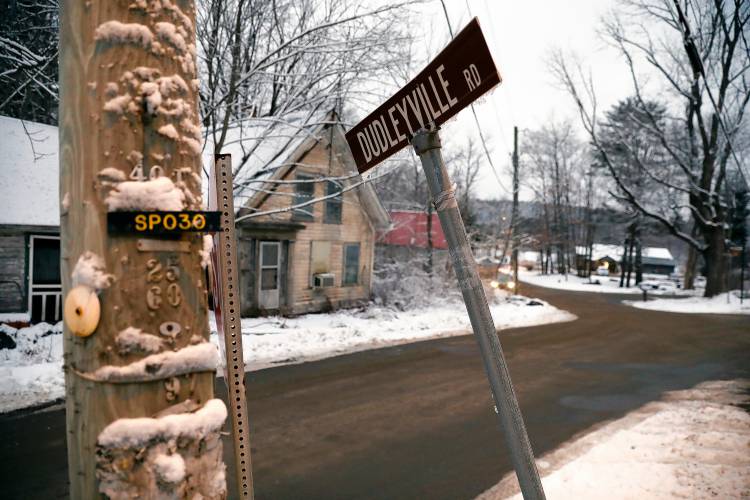
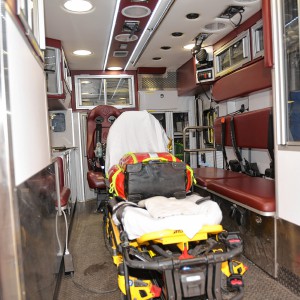 What are the protocols for emergency transport of infants?
What are the protocols for emergency transport of infants? State records show Northfield EMS chief’s paramedic license suspended over failure to transport infant
State records show Northfield EMS chief’s paramedic license suspended over failure to transport infant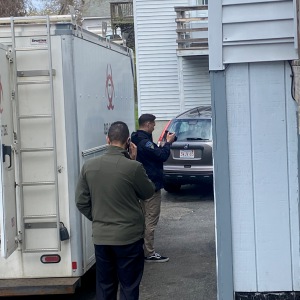 Authorities ID victim in Greenfield slaying
Authorities ID victim in Greenfield slaying  Frontier Regional School students appeal to lower voting age
Frontier Regional School students appeal to lower voting age
